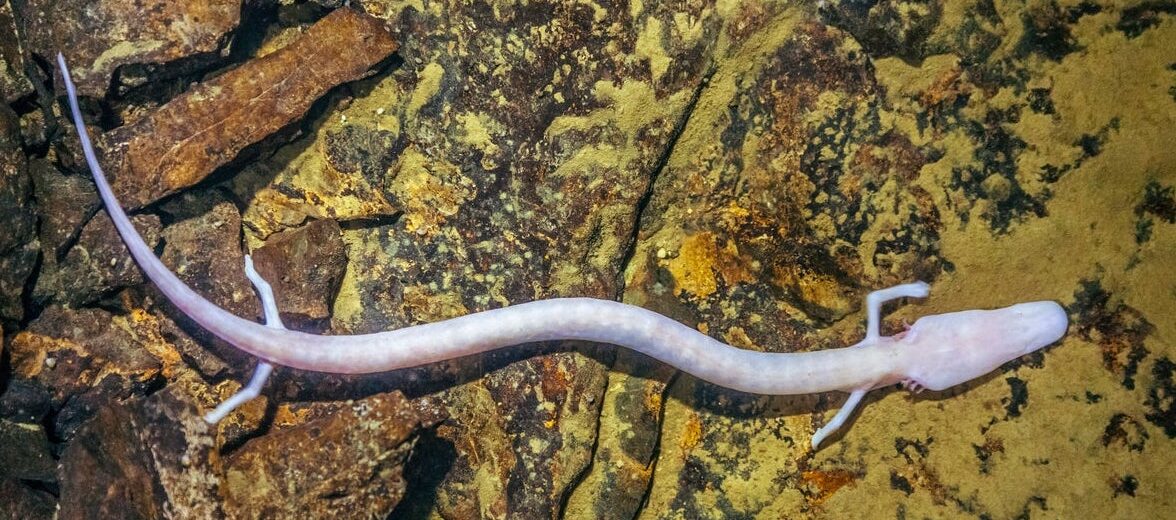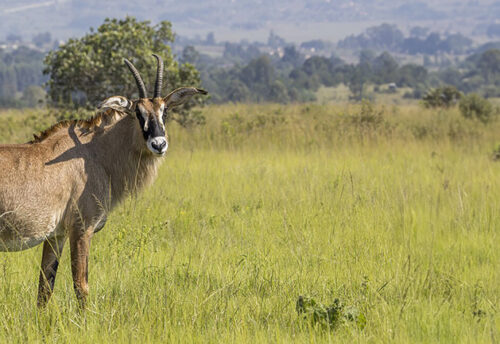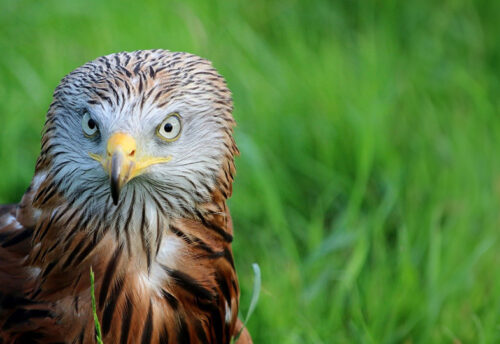
The olm is also known as the cave salamander, the proteus, the white salamander, the “močeril” (in Slovenia) – which translates to “one that burrows into wetness”, and “oveja Ribica,” which means “human fish”. They can be found in Italy, Slovenia, Herzegovina, and Croatia. These critters belong to a collective of ancient amphibians that developed over 190 million years ago. They are listed as Vulnerable by the IUCN, due to increased water pollution.
First the Stats…
Scientific name: Proteus anguinus
Weight: Up to .6 ounces
Length: Up to 16 inches
Lifespan: Up to 100+ years
Now on to the Facts!
1.) Since they spend their whole lives in total darkness, their skin is absent of pigment. It therefore has a pinkish coloration. You can actually see their internal organs through their skin.
2.) Even though they have lungs, they actually breathe through their frilly gills.
3.) Olms are totally aquatic and only live in deep underground lakes in the Dinaric Alps.
4.) They may be blind but they have excellent hearing and an amazing sense of smell.
5.) These strange amphibians eat worms, snails, larvae, and aquatic insects.
But wait, there’s more on the olm!
6.) Their only known predators are other amphibians and fish.
7.) Mature and solitary males aggressively defend their territory.
Did you know…?
The olm can survive up to 10 years without any food, simply by using glycogen and lipids stored in their liver!
8.) Males attract females with special pheromones.
9.) Olms can mate all year round.
10.) Females lay 5 – 70 eggs in between rocks and they guard them until they hatch.
Now a Short Olm Video!
Also, check out the Critter Science YouTube channel. Videos added frequently!
Want to suggest a critter for me to write about? Let me know here.



